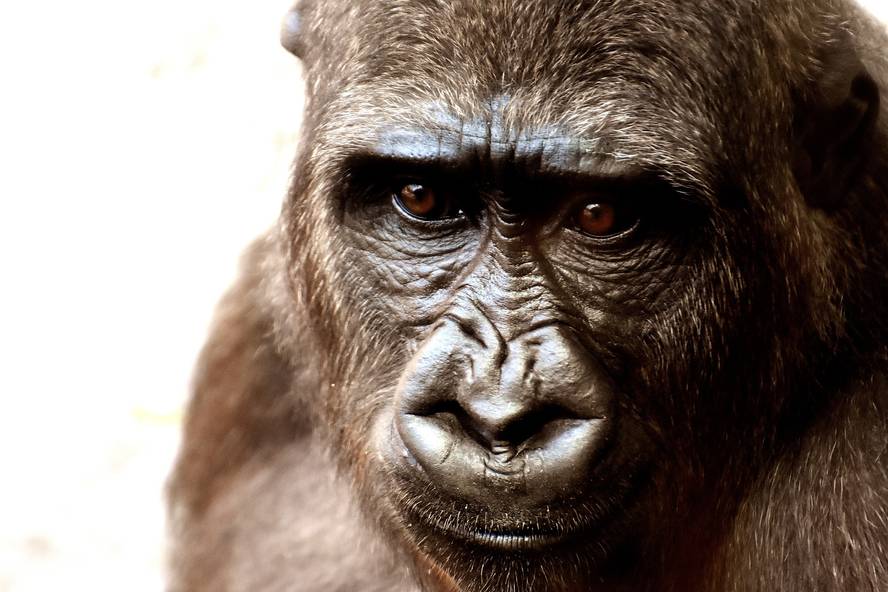New genes were key to hominoid brain development

Although until recently it was considered impossible to create new genes from non-coding DNA sequences, several such cases have been detected in recent years, and in many cases the importance of these new genes in the creation of new and characteristic species has been noted. In a recent study published in the journal Nature Ecology and Evolution, 74 genes of this type of hominoid have been identified, and it has been observed that at least one of them may have a direct influence on brain development and growth.
A fundamental step in the generation of genes that encode proteins from non-coding sequences has also been clarified: to achieve the ability to leave the cell nucleus. Many DNA sequences, though not encoders, are transcribed to RNA. But these RNAs, if they don't leave the nucleus, can't produce proteins. In this research, we have found homologous RNAs of 74 genes in macaques that do not leave the nucleus. In hominoids, however, at some point signals were obtained to remove these sequences from the nucleus, which allowed them to transform them into new protein-producing genes.
And the influence of one of the 74 genes has also been studied in the laboratory. The expression of this gene in the brain organs created with human stem cells makes neuronal development slower, while in mice brain development is greater. They've come to the conclusion that these new genes were key to the development of the peculiar hominoid brain.





